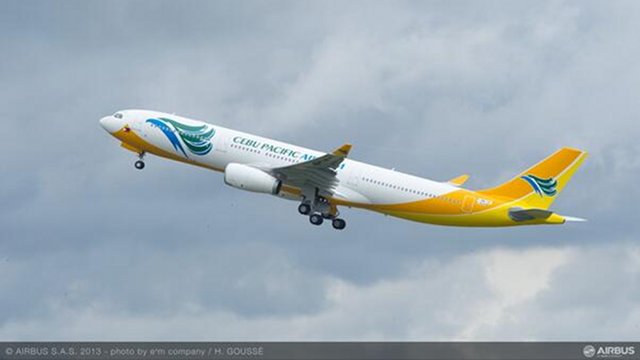SUMMARY
This is AI generated summarization, which may have errors. For context, always refer to the full article.

MANILA, Philippines – The planned acquisition by budget carrier Cebu Pacific of Tigerair Philippines will limit competition in the Philippine aviation industry to 3 major players: Cebu Pacific, Philippine Airlines (PAL) and Airasia Zest.
For a market the size of the Philippines, having 3 main competitors, along with several smaller regional players, is “probably sufficient,” said aviation analyst group Centre for Aviation (CAPA).
But if the industry wants better growth in the long term, CAPA urged Philippine regulators to “think carefully and leave the door open for potential new entrants.”
CAPA said Cebu Pacific’s potential takeover of Tigerair will cement the former’s leading position in the domestic market.
Local trunk routes will be left with competition from the 3 biggest airlines.
With no available slots in the main Ninoy Aquino International Airport (NAIA) in Manila, “it will be nearly impossible for a new carrier to enter the market,” noted CAPA.
Nevertheless, the analyst group said reduced competition will also have a positive outcome: it will ease the problems of “overcapacity” and sometimes, “irrational competition” in the market.
Strategic for Cebu Pacific
The deal is strategic for Cebu Pacific. It will increase its slot portfolio at NAIA, cementing its leading position in the industry.
About 93% of Tigerair’s 182 domestic weekly flights are operated out of Manila. This is equivalent to a 4% share, making it the 4th largest holder of Manila slots after PAL, Cebu Pacific and Airasia Zest.
Acquiring Tigerair’s slots is significant, CAPA said, as it will grow Cebu Pacific’s share of scheduled commercial aircraft slots at the main airport to about 38%, higher than PAL’s 35%.
“Cebu Pacific could use the additional slots to expand its already leading share of the domestic market or support further international expansion, where it is still smaller than PAL,” CAPA said.
CAPA said one thing Philippine authorities could do to cushion the impact of the deal on competition is to require Tigerair to maintain a presence on the Clark-Singapore and Kalibo-Singapore routes by using its Singapore-based affiliate.
Singapore’s Tiger Air Holdings has a 40% stake in Tigerair Philippines. It is bent on focusing its resources in Taiwan, Australia, and Indonesia. – Rappler.com
Add a comment
How does this make you feel?
There are no comments yet. Add your comment to start the conversation.